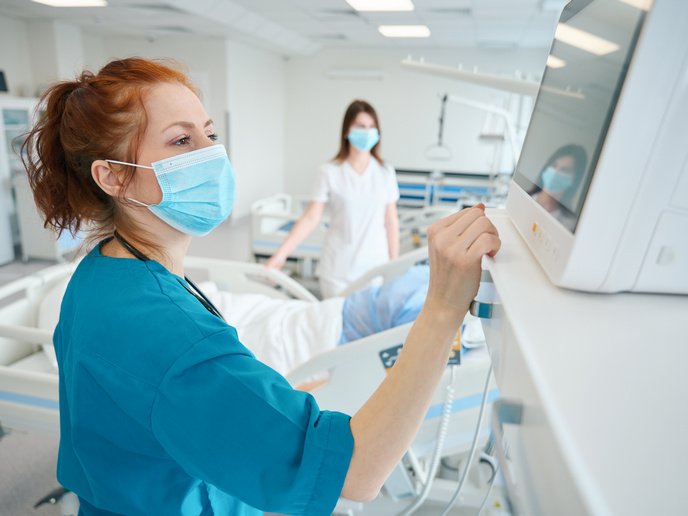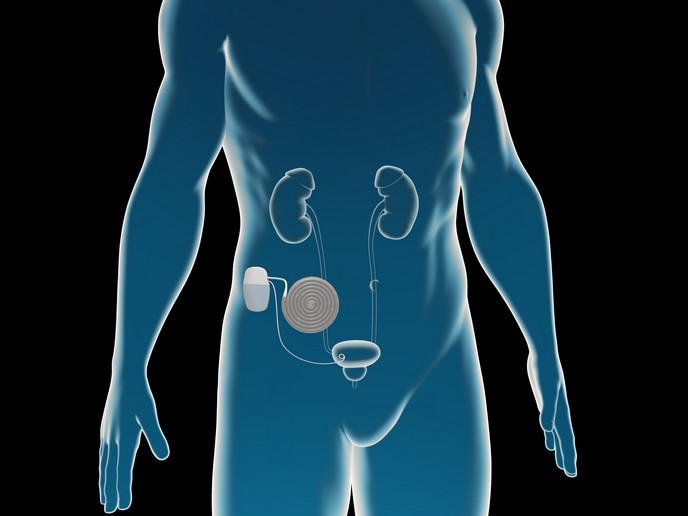Regenerating a broken heart
While the romantics say that only time can heal a broken heart, the EU-funded CardHeal project thinks science just might do the trick. The project is looking at cardiac regeneration and its role in repairing a heart injured not by a nasty breakup, but by disease. “Cardiac regeneration aims to use the body’s natural ability to regenerate, which manifests mostly when we are very young, to repair irreversibly damaged heart tissue,” says Eldad Tzahor(opens in new window), a professor at the Weizmann Institute of Science(opens in new window). The project, which received support from the European Research Council(opens in new window), focused its research on two regenerative molecules: ErbB2 and Agrin. “We discovered that these two signals play a key role in promoting cardiac regeneration following a myocardial injury such as a heart attack,” adds Tzahor. ErbB2 is a gene that plays an important role in human malignancies such as cancer, and also controls the normal growth of the heart before birth. Agrin is a protein involved in the formation of the neuromuscular system during embryonic development, but its role in the heart wasn’t known.
Switching ErbB2 on and off
According to Tzahor, ErbB2’s role in cardiac regeneration depends on whether the gene is switched ‘on’ or ‘off’. “If the gene is ‘on’, then the cardiomyocytes – the cells responsible for the contraction of the heart – will dedifferentiate and divide,” he explains. “But when ErbB2 is turned ‘off’, then the cardiomyocyte will redifferentiate.” Dedifferentiation is a mechanism where mature cells turn into less mature cells, while redifferentiation happens when the dedifferentiated cells mature to a level where they can execute specified roles, at which point they lose their ability to divide. “We revealed that activating ErbB2 signalling in cardiomyocytes for a short time, two to three weeks, can promote massive regeneration of the heart in adult mice,” says Tzahor.
The therapeutic effects of Agrin
What the CardHeal project demonstrated was that a latent regeneration machinery can be awakened – even in adult mammals. The key for doing so could be molecules such as ErbB2 and Agrin. Tzahor’s team has investigated the therapeutic effects of the matrix protein Agrin. What they found was that, when administered into the injured hearts of mice and pigs, the protein elicits a significant regenerative response. “By demonstrating Agrin’s ability to stimulate heart repair in pigs following an acute myocardial injury, we’ve advanced the path towards its potential clinical use in cardiac regeneration therapy, a mission we aim for today,” notes Tzahor.
Exciting times for cardiac regeneration
The project’s findings, which have been published in several leading scientific journals, have been warmly accepted in the field. They also laid the groundwork for a new start-up that aims to advance the use of Agrin therapy in heart disease patients. Phase I human trials are expected to begin in 2025. “These are exciting times for the field of cardiac regeneration and for my team,” concludes Tzahor. That being said, there are still many challenges ahead. Researchers are currently working to expand their research to better understand the heart’s holistic healing process following an injury. Accordingly, they are exploring the ‘crosstalk’ that happens between all cardiac cell types and whether this communication could be harnessed and harmonised towards regeneration.







